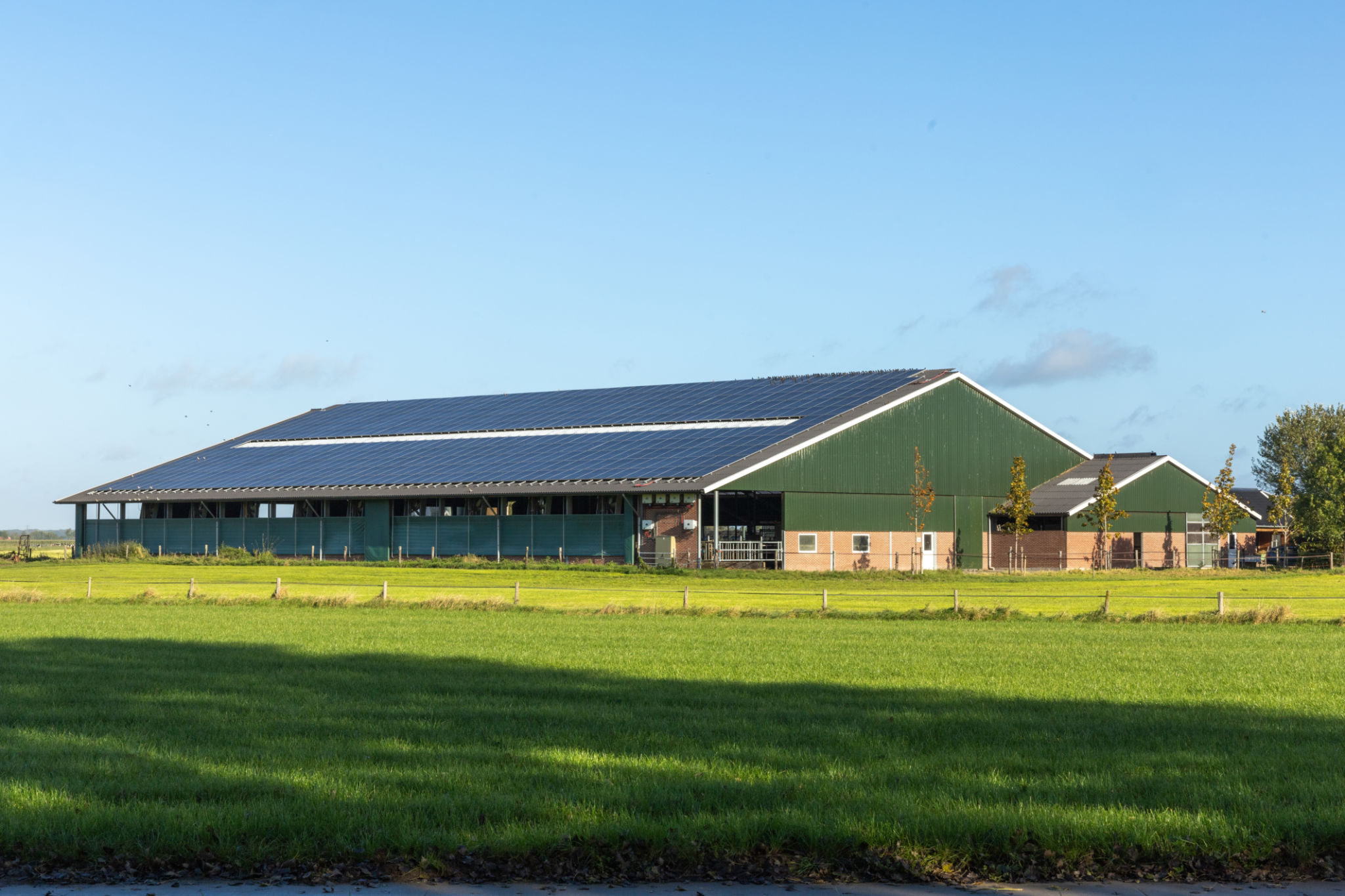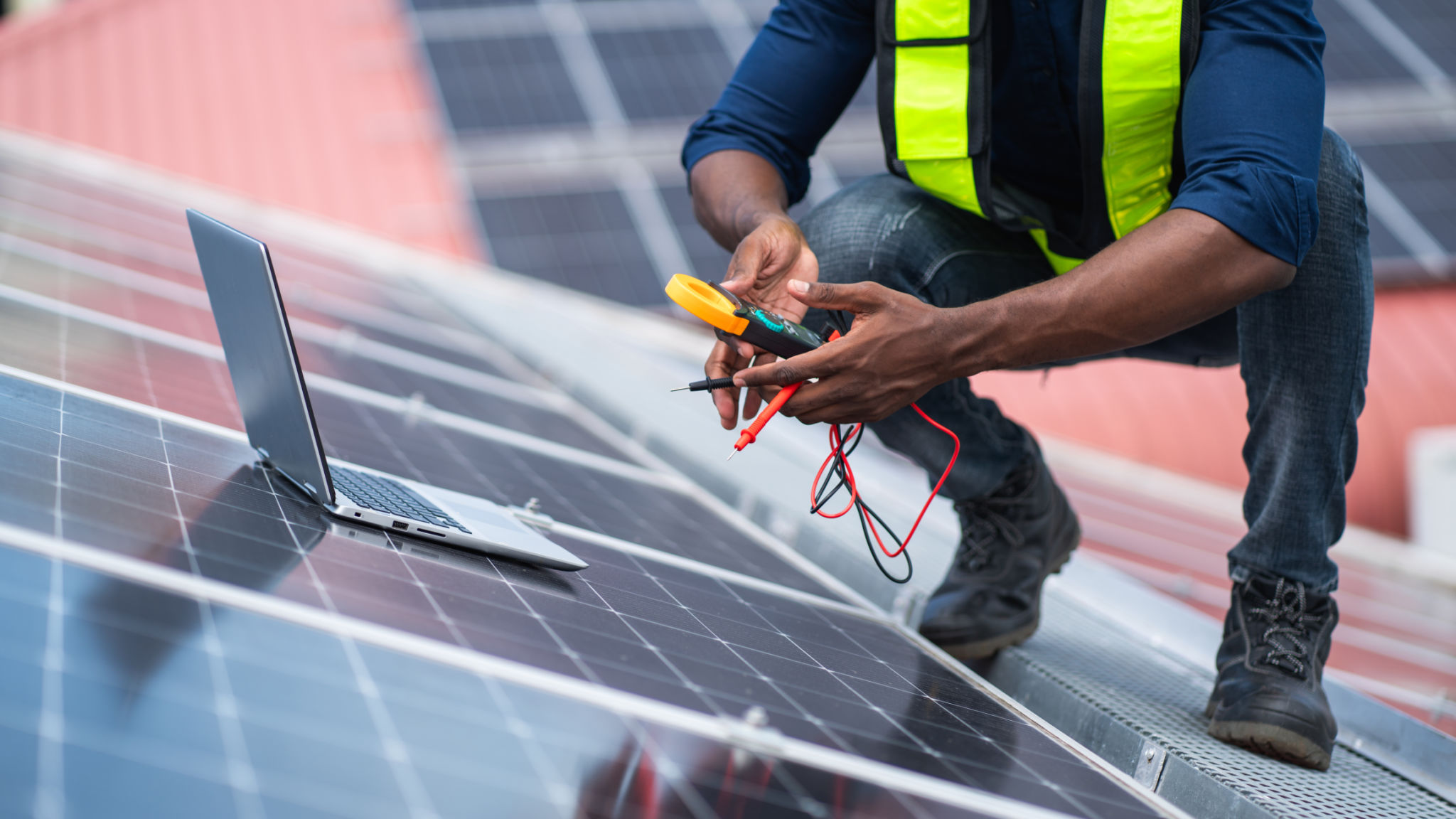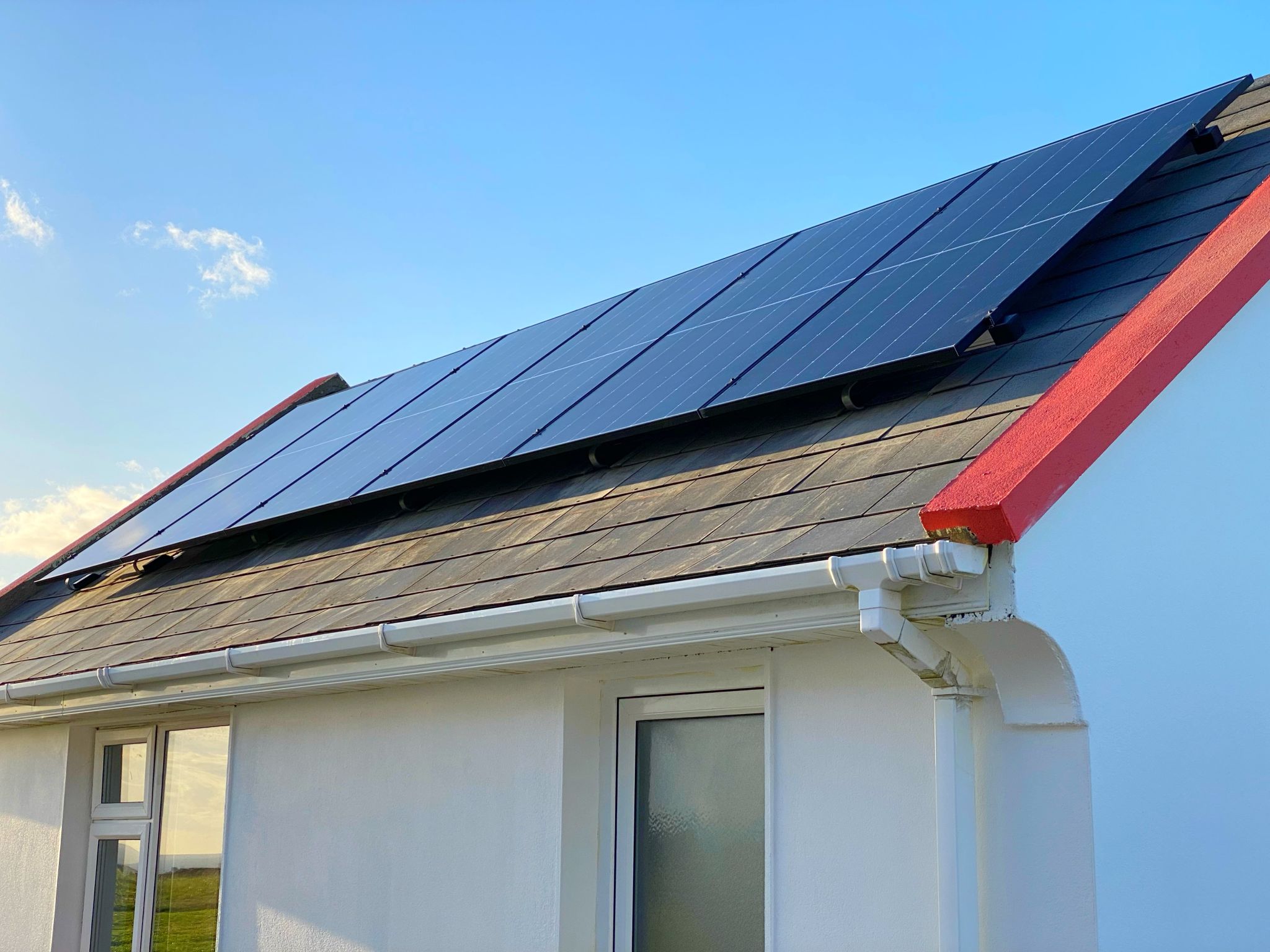Everything Farmers Need to Know About Putting Solar Panels on Sheds
Introduction
A question that keeps coming up is; "Is it worth putting solar panels on the sheds?” For Irish farmers, the answer is moving from "maybe someday" to "why haven’t you already?" With volatile energy prices, generous grant aid, and more straightforward planning rules, solar PV on sheds is now a real, viable investment. And when the figures stack up, as shown in a detailed RTÉ-covered case study on a dairy farm, the payback can be quicker than most people think.

Why Solar Makes Sense for Irish Farms
The average farm shed in Ireland offers something homeowners rarely have; large, unshaded, south-facing roof space just waiting to be used. Solar PV allows farmers to cut annual electricity bills, lock in long-term savings against price hikes, and add a 25–30-year asset to the farm with minimal maintenance. Under the Solar Capital Investment Scheme (SCIS), part of TAMS, farmers can get up to 60% grant aid on solar PV systems. Combine that with a 100% year-one tax write-off and VAT reclaim, and many systems pay back in under three years. After that, you’re essentially generating a big chunk of your electricity for free.

What the Market Looks Like Now
Ireland’s solar sector is busier than ever. Dozens of suppliers are chasing farm business, but not all panels and inverters are created equal. Lifespan, efficiency, and build quality vary, and the cheapest upfront price can often be the most expensive long-term. Solar PV delivers the best returns when you use most of the power yourself. Exporting to the grid is possible but pays less than buying electricity in. Farmers maximising returns are pairing panels with battery storage to store excess energy for the evening milking or next morning’s washdown, and with water heating diverters to heat water directly from surplus power instead of oil or electricity.

Easier Planning and Permissions
Since October 2022, most rooftop installations on farm buildings don’t need planning permission, except near airports. Ground-mounted systems can also be exempt if they stay within size limits. This change has sped up projects considerably and removed one of the major barriers to adoption.
Grants, Tax Benefits, and True Costs
The SCIS grant is ring-fenced from your other TAMS allocations, so you can install solar without affecting funding for other investments like fencing, slurry storage, or handling facilities.

The RTÉ Dairy Farm Case Study – Real Numbers, Real Payback
An RTÉ case study examined a dairy farm with an annual electricity bill of €15,925, equating to roughly 45,500 kWh at an average cost of 35 cents per kWh. Energy use was split 70% during the day and 30% at night. The biggest consumers on the farm were the bulk tank, accounting for 52% of usage, hot water at 22%, the vacuum pump at 19%, and lighting at 6%.
Following a detailed on-site survey, the recommended system was a 30kW solar PV setup, paired with 15kWh of battery storage and a water heating diverter. This would require about 180 square metres of roof space, the equivalent of just over three spans of a standard 9-metre-wide shed.
The cost of the system came in at €64,276, including 13.5% VAT. Farmers can reclaim this VAT, which in this case was €7,645, reducing the net cost to €56,631. Applying the 60% SCIS grant to this balance shaved off €33,979, leaving a final net outlay of €22,640. Depending on the farmer’s tax rate, this cost could drop further thanks to the 100% year-one write-off: at the standard 20% income tax rate, the saving would be €4,528, reducing the outlay to €18,112; at the higher 40% rate, the saving would be €9,056, bringing the cost down to €13,584; for a farming company taxed at 12.5%, the saving would be €2,830, reducing the outlay to €19,810.
In terms of performance, the system was projected to generate 27,000 kWh per year, covering 59% of the farm’s annual electricity needs. With battery storage and the water heating diverter, the farm could use 65% of that energy on-site, saving about €6,142 per year. The remaining 35%, around 9,450 kWh, would be exported to the grid, earning approximately €1,512 annually at a rate of 16 cents per kWh.
When you add the on-site savings and the income from exports together, the annual benefit comes to around €7,654. Based on the net investment of €22,640, the payback period is just under three years, 2.95 years to be exact. This calculation doesn’t even account for financing costs or the ongoing tax benefits.

Can Your Shed Roof Handle It?
Panels weigh around 20–30 kg each, plus mounting gear. Older asbestos or fibre-cement roofs may need strengthening, so a structural engineer’s check is worth it before you commit.
Getting Connected to the Grid
Under ESB Networks’ simplified Mini-Generation process, single-phase supplies can install up to 17kW inverter capacity (around 22–25kWp in panels) while three-phase supplies can go up to 50kW inverter capacity (around 75kWp in panels). For microgeneration systems under 9kWp single-phase or 15kWp three-phase, the grid connection is free and straightforward with just an NC6 form. Larger systems require an NC7 form and a €1,000 technical assessment.

Conclusion
For Irish farms, shed-mounted solar is no longer a novelty, it’s a practical business decision. With the current grant rates, generous tax breaks, and a simpler planning system, the sums stack up. The RTÉ case shows how a well-sized, well-planned system can pay back in under three years, then keep delivering free power for decades. The key is to get solid advice, size it for your farm’s real needs, and work with suppliers who understand agriculture, not just rooftops. Done right, it’s one investment that pays back in both euros and resilience.
*By Anne Hayden MSc., Founder, The Informed Farmer Consultancy.
